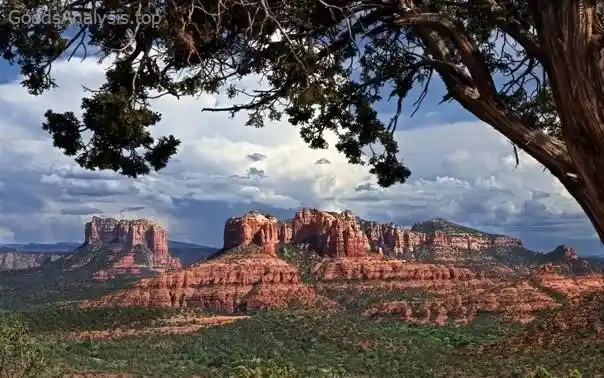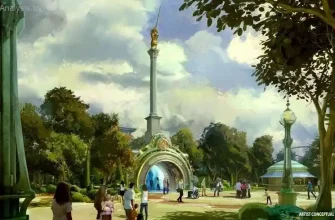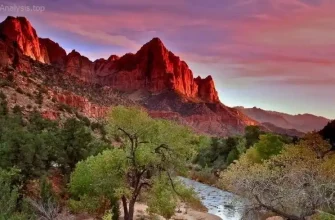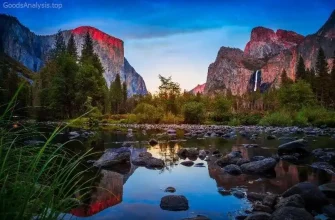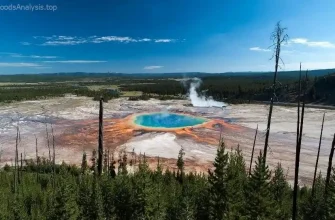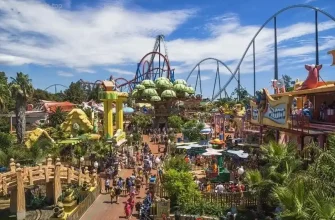Nestled in the heart of Arizona, Sedona’s Red Rocks are one of the most iconic landscapes in the American Southwest. With their stunning red sandstone formations, rich cultural history, and serene atmosphere, Sedona offers a truly unique travel experience. Whether you’re an outdoor adventurer, a culture enthusiast, or simply someone looking to take in the beauty of nature, Sedona has something for everyone. Here’s a comprehensive guide to help you make the most of your visit to this awe-inspiring destination.
1. What Makes Sedona Red Rocks Special?
Sedona’s Red Rocks are famous for their striking beauty, with towering rock formations painted in shades of red, orange, and gold, set against a backdrop of clear blue skies. These unique geological features were formed over millions of years through a combination of erosion, volcanic activity, and natural forces. The result is a breathtaking landscape that feels otherworldly. Some of the most notable formations include:
- Cathedral Rock: Perhaps the most photographed landmark in Sedona, Cathedral Rock is a majestic spire-like formation that towers over the landscape. It’s also a popular hiking spot, offering incredible views of the surrounding area.
- Bell Rock: Easily accessible from the road, Bell Rock is one of the most recognizable formations in the area. It’s known for its distinctive bell shape and is a favorite among hikers and photographers.
- Courthouse Butte: A massive, broad rock formation, Courthouse Butte is part of the Cathedral Rock trail system and offers stunning panoramic views of the surrounding valley.
- Red Rock State Park: This 286-acre park is an excellent spot for hiking, wildlife viewing, and enjoying the tranquility of Sedona’s natural surroundings. It’s also home to several scenic picnic areas and offers great opportunities for photography.
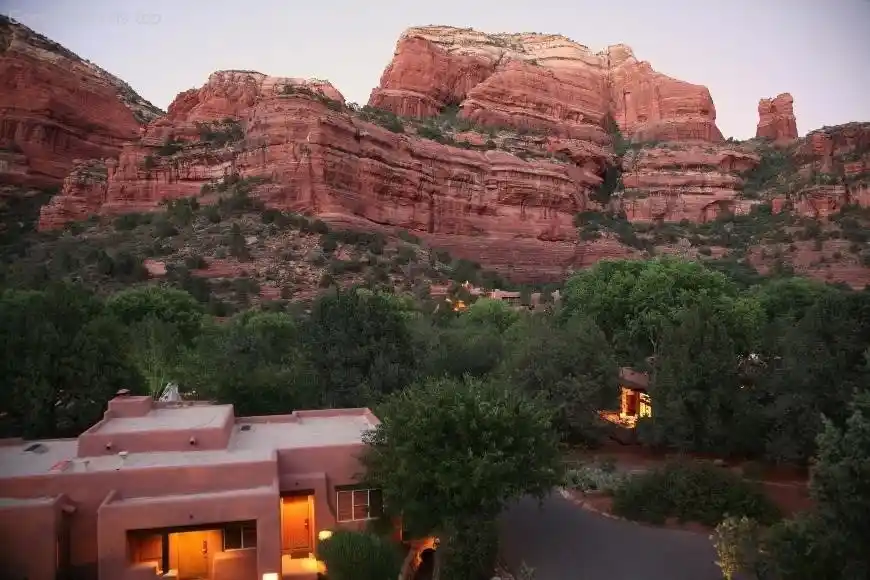
Sedona is also famous for its vortex sites, areas that are believed by some to have special spiritual significance due to their unique electromagnetic properties. These sites attract visitors seeking spiritual healing and meditation. Notable vortex locations include Airport Mesa, Boynton Canyon, and Chapel of the Holy Cross.
2. Visitor Tips & Practical Information
Best Time to Visit:
- The best times to visit Sedona are during the spring (March to May) and fall (September to November). These seasons offer mild temperatures, fewer crowds, and beautiful landscapes, especially when the autumn foliage or spring flowers are in bloom.
- Summer (June to August) can be hot, with temperatures often reaching into the 90s°F (32-37°C), though the higher elevation offers some relief. This is also the busiest time for tourists.
- Winter (December to February) can be cold, with occasional snowfall, but the area is much quieter, offering a peaceful atmosphere for those seeking solitude.
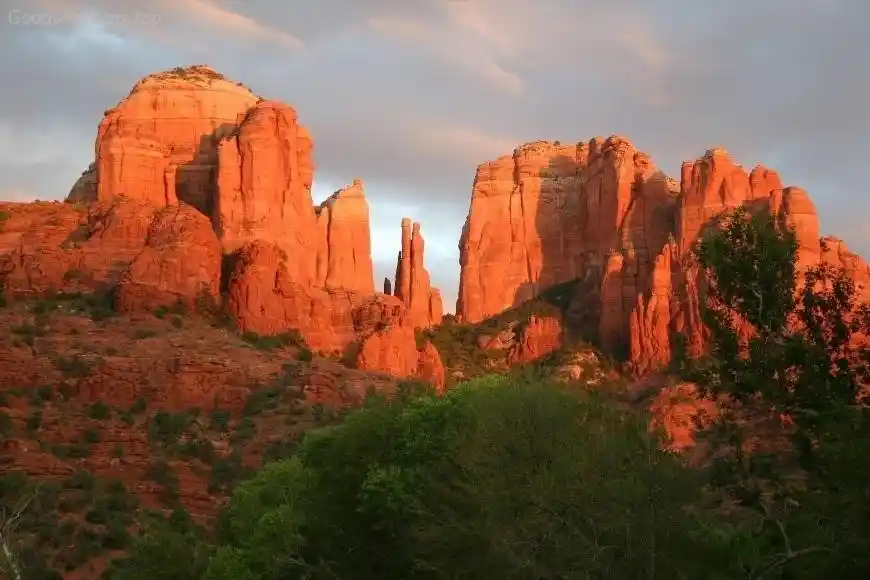
Opening Hours and Fees:
- Red Rock State Park: Open from 8:00 AM to 5:00 PM daily. The entrance fee is about $7 per adult and $4 for children (ages 7-14).
- Chapel of the Holy Cross: Open daily from 9:00 AM to 5:00 PM. There’s no fee to visit, but donations are appreciated.
- Hiking Trails: Access to many of Sedona’s hiking trails, such as Cathedral Rock and Bell Rock, is free, though some areas may require a parking fee or entrance fee.
Accessibility:
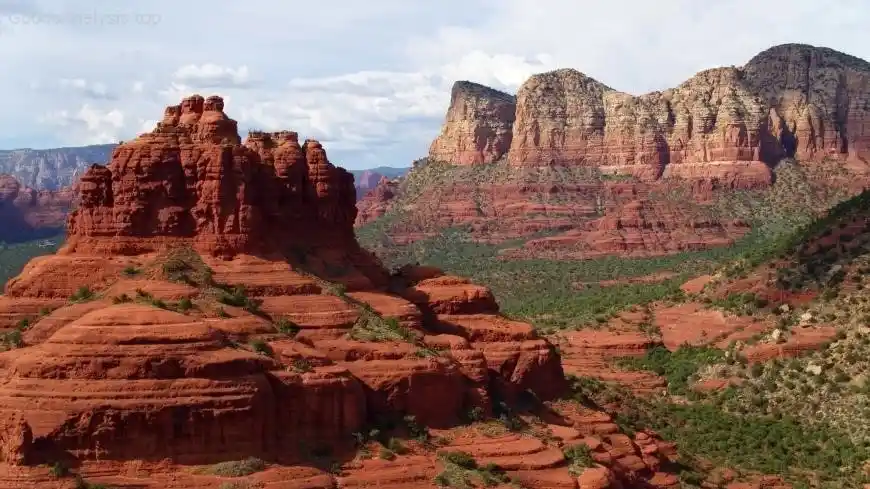
- Many of the main attractions in Sedona are accessible to those with limited mobility, including paved walkways around the Chapel of the Holy Cross and Red Rock State Park. However, some of the hiking trails, especially those leading to the summits of formations like Cathedral Rock, can be challenging, requiring sturdy footwear and physical stamina.
3. History and Cultural Significance
Sedona is rich in both Native American and Western history. The area has been home to several Native American tribes, including the Sinagua, who inhabited the region between 1100 and 1400 AD. The rock formations and surrounding areas were used for religious and ceremonial purposes, and remnants of their dwellings and petroglyphs can still be found throughout the region.
The Sinagua people left behind a lasting legacy, with several cliff dwellings and archaeological sites located near Sedona, including the Montezuma Castle National Monument and Palatki Heritage Site. These ancient ruins are open to the public, offering insight into the lives of the indigenous people who once thrived in this land.
In the late 19th century, Sedona became known as a popular destination for artists, thanks to its stunning landscapes and vibrant colors. It later attracted spiritual seekers and New Age enthusiasts, who flocked to Sedona in the 1980s, drawn by the area’s mystical reputation, particularly the energy vortex sites.
Today, Sedona’s cultural significance is a blend of Native American traditions, artistic expression, and spiritual exploration, all set against a backdrop of jaw-dropping natural beauty.
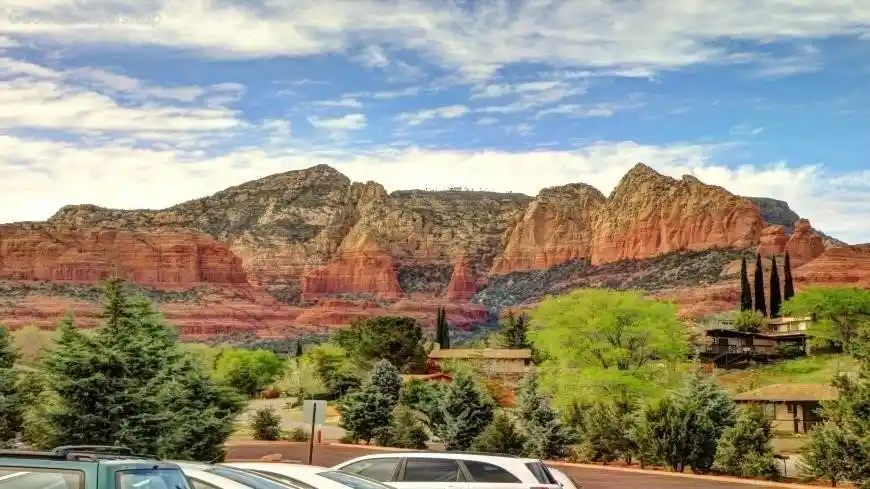
4. What to Expect When You Visit Sedona Red Rocks
Visiting Sedona’s Red Rocks is like stepping into a different world. The atmosphere is serene, and there’s a palpable sense of wonder that comes from being surrounded by towering red cliffs, deep canyons, and expansive views. Visitors often describe the experience as one of tranquility, inspiration, and awe.
Expect to see a wide variety of outdoor activities, from hiking and biking to jeep tours and hot air balloon rides. The town of Sedona itself is charming, with boutique shops, art galleries, and cozy cafes lining the streets. The artsy vibe is alive and well, with regular events and festivals celebrating local talent.
One of the most magical experiences you can have in Sedona is catching the sunrise or sunset over the Red Rocks. The way the light shifts across the rock formations, casting shadows and highlighting the deep reds and oranges, creates a constantly changing, dynamic landscape that’s perfect for photography.
5. Nearby Attractions and Dining Options

While the Red Rocks are the star of the show, there are several nearby attractions worth checking out:
- Slide Rock State Park: Just 7 miles north of Sedona, this park is famous for its natural water slide, a fun and refreshing spot to cool off in the summer.
- Oak Creek Canyon: A beautiful and scenic drive, Oak Creek Canyon offers opportunities for hiking, swimming, and picnicking along the creek.
- Tlaquepaque Arts & Crafts Village: This beautiful, Spanish-style plaza is home to art galleries, shops, and restaurants. It’s a great place to stroll, shop for unique souvenirs, and enjoy a meal.
For dining, Sedona offers a range of delicious options, from casual eateries to fine dining. Some favorites include:
- The Hudson: A trendy restaurant offering stunning views of the Red Rocks and a modern American menu.
- Elote Cafe: Known for its flavorful Mexican cuisine, Elote Cafe is a must-visit for food lovers.
- The Coffee Pot Restaurant: A local favorite for breakfast and brunch, especially known for its large selection of omelets.
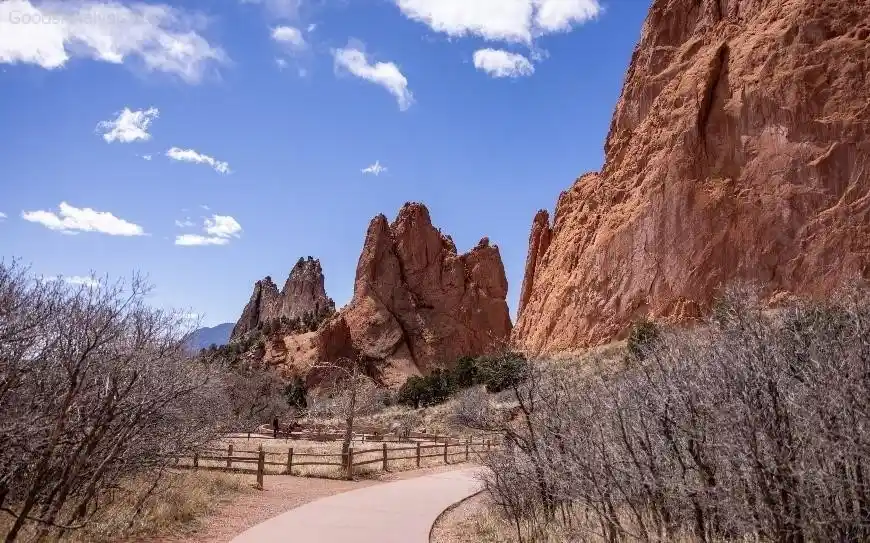
6. Family-Friendly and Group Travel Tips
Sedona is a fantastic destination for families and groups, with something for every age and interest. Kids will love the easy hikes and the opportunity to explore the outdoors, while adults can enjoy the spiritual and cultural elements of the area.
Family-Friendly Activities:
- Jeep Tours: These thrilling, off-road excursions are a great way to explore the rugged terrain without having to hike.
- Slide Rock State Park: A natural water slide in Oak Creek that offers a fun, family-friendly day out.
- Red Rock State Park: With easy trails and educational programs, it’s an ideal spot for families to enjoy nature and learn about the area’s history.
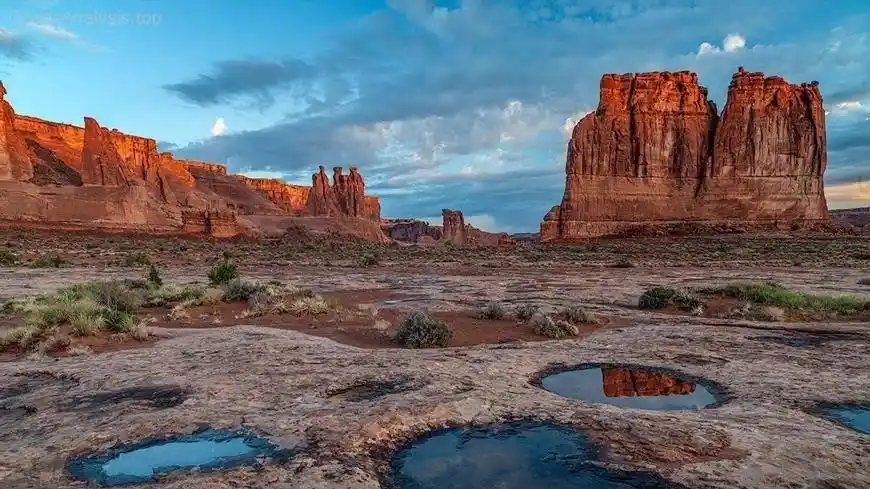
Group Travel:
For groups, Sedona offers a variety of activities that can be enjoyed together. Consider booking a guided tour to explore the vortex sites, or enjoy a sunset jeep tour with breathtaking views of the Red Rocks.
7. Instagrammable Moments and Photo Opportunities
Sedona is a photographer’s dream. Here are some of the top spots for Instagram-worthy moments:
- Cathedral Rock: A classic spot for stunning landscape shots, especially at sunrise or sunset.
- Chapel of the Holy Cross: A striking modern chapel built into the rocks, offering both architectural beauty and panoramic views.
- Bell Rock: A great location for photos at all times of day, with its distinctive shape and surrounding desert landscape.
- Airport Mesa Vortex: A perfect spot for photos with sweeping views of Sedona’s red rock formations.

8. Travel Tips and Transportation
How to Get There:
Sedona is located about 2 hours north of Phoenix, Arizona, and can be easily reached by car. The nearest major airport is in Phoenix (PHX), though Flagstaff Pulliam Airport (FLG) is also an option for smaller regional flights.
Transportation:
While there are some local shuttle services and taxis, renting a car is recommended for maximum flexibility, especially for exploring the area’s trails and vortex sites. Many trails are easily accessible by car, and there is ample parking available at trailheads.
9. Safety and Etiquette Tips
- Stay Hydrated: The desert climate can be hot and dry, so be sure to carry plenty of water, especially during hikes.
- Respect Nature: Stay on designated trails to avoid damaging fragile ecosystems, and always pack out what you pack in.
- Mind the Sun: Even in cooler months, the Arizona sun can be intense, so wear sunscreen and a hat.
- Leave No Trace: Be mindful of local wildlife and vegetation, and avoid disturbing the natural landscape.

